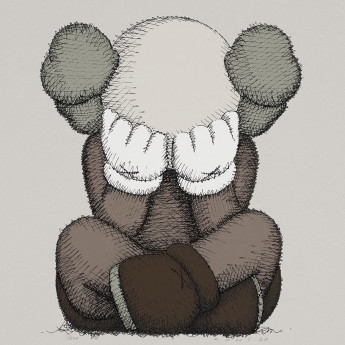Christian Boltanski
Christian Boltanski (France, 1944–2021) was a conceptual artist renowned for exploring memory, loss, and identity. Using mediums like photography, installation, and found objects, he often evoked themes of the Holocaust and collective history. Boltanski’s works, such as 'Monuments' and 'Les Archives du Cœur,' resonate with haunting emotional depth and universal relevance.

Artwork by Marcel Duchamp
What is Found Object?
A found object is a term used to describe a man-made or natural object, or a fragment of one, that an artist discovers or purchases and keeps for inspiration or as a work of art. The artist may also modify the object or incorporate it into a collage or assemblage, transforming it into a new piece of art.










